Reportar esta entrada
Más sobre la misma comunidad-colección
Escena de calle-Paseo de Automóviles
This section of North Kansas Street was known as "Automobile ...
Iglesia yJuzgados del Condado en la década de 1890
This picture, dating back to the 1890s, shows the County ...
La armada norteamericana viajando en carretas
This shows how the military traveled during this time. In the ...
Campamento de la Armada Norteamericana
Between 1910 and 1920 the 13th Cavalry of the U. S. Army camped ...
Hombres listos para disparar artillería
This picture shows men, probably revolutionaries, preparing to ...
Vista de El Paso desde Mesa Garden
The picture captures El Paso between 1890 and 1900. It was taken ...
La compañia Popular de bienes de consumo
The Popular department store chain, founded by Adolph Schwartz, ...

















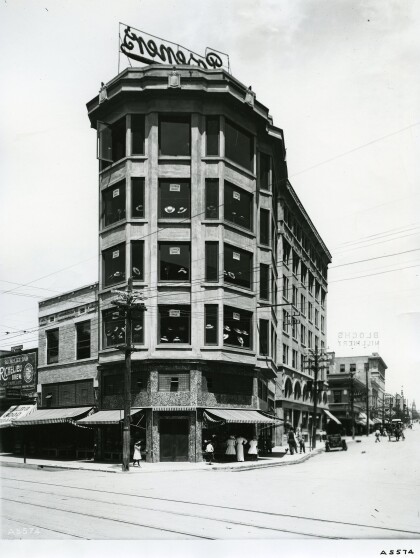
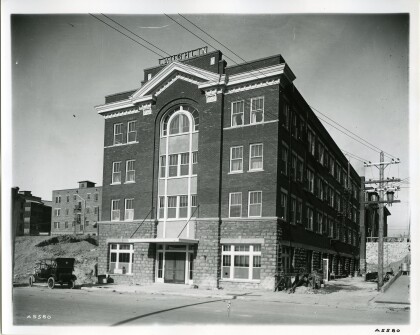
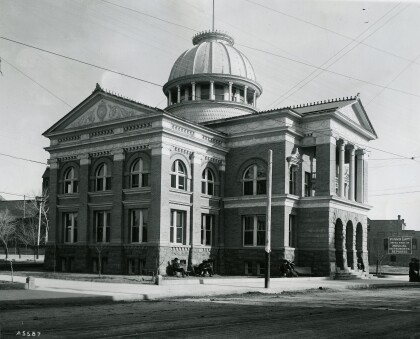
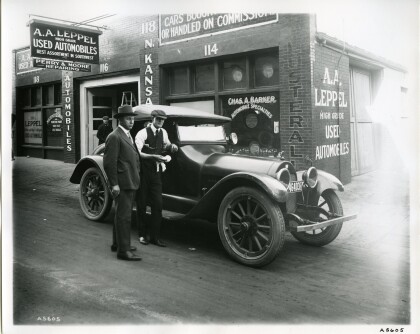
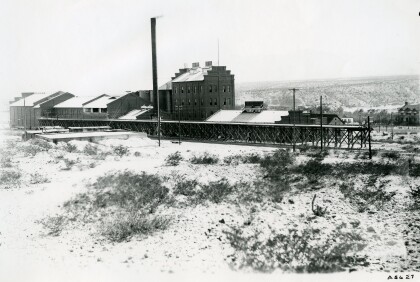
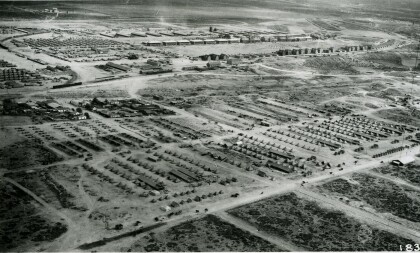
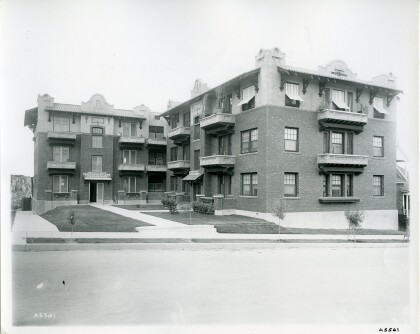
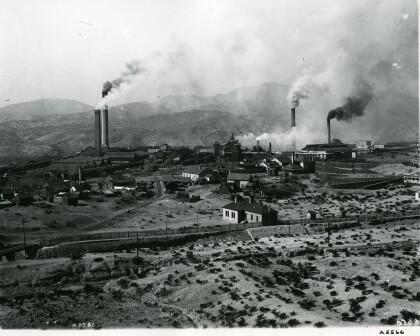
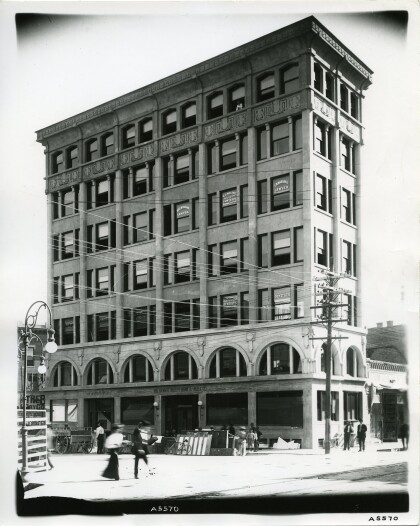
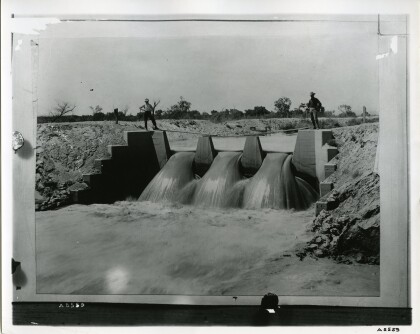
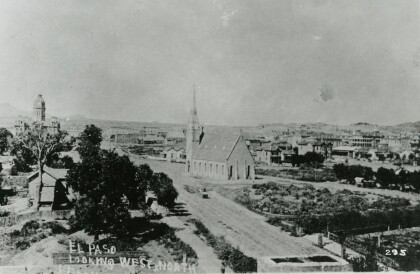
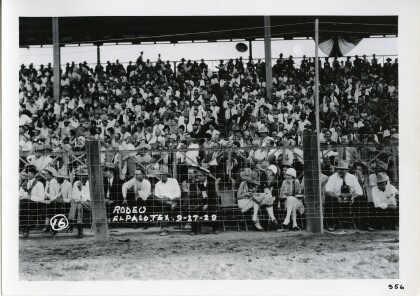
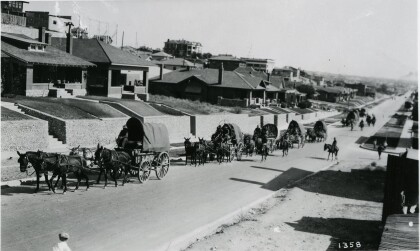
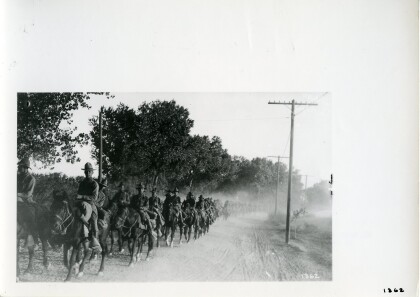
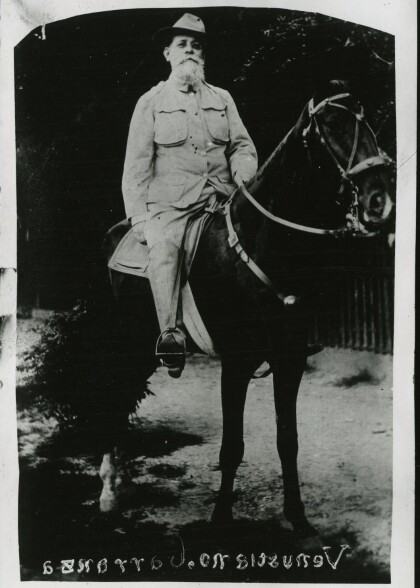
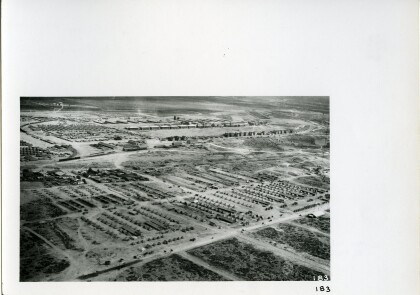
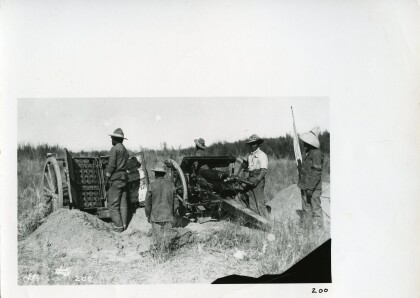
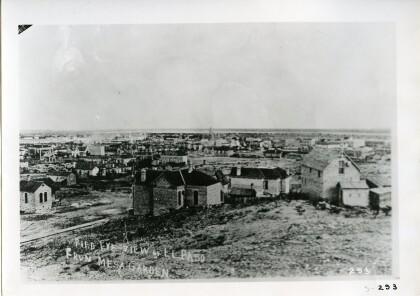
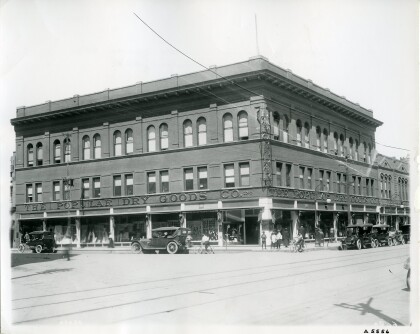
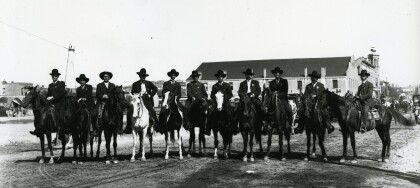
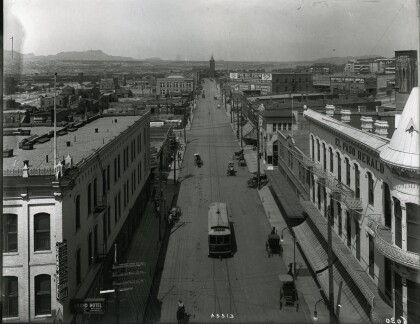
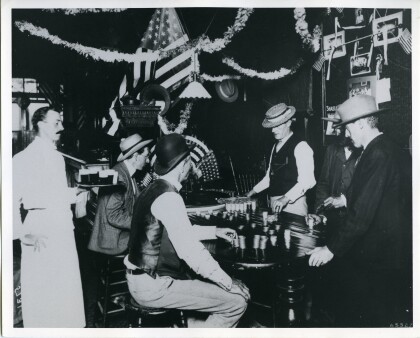
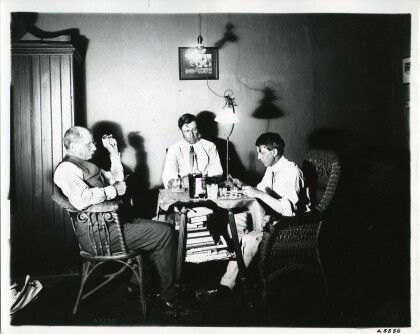
Comentarios
Hacer un comentario